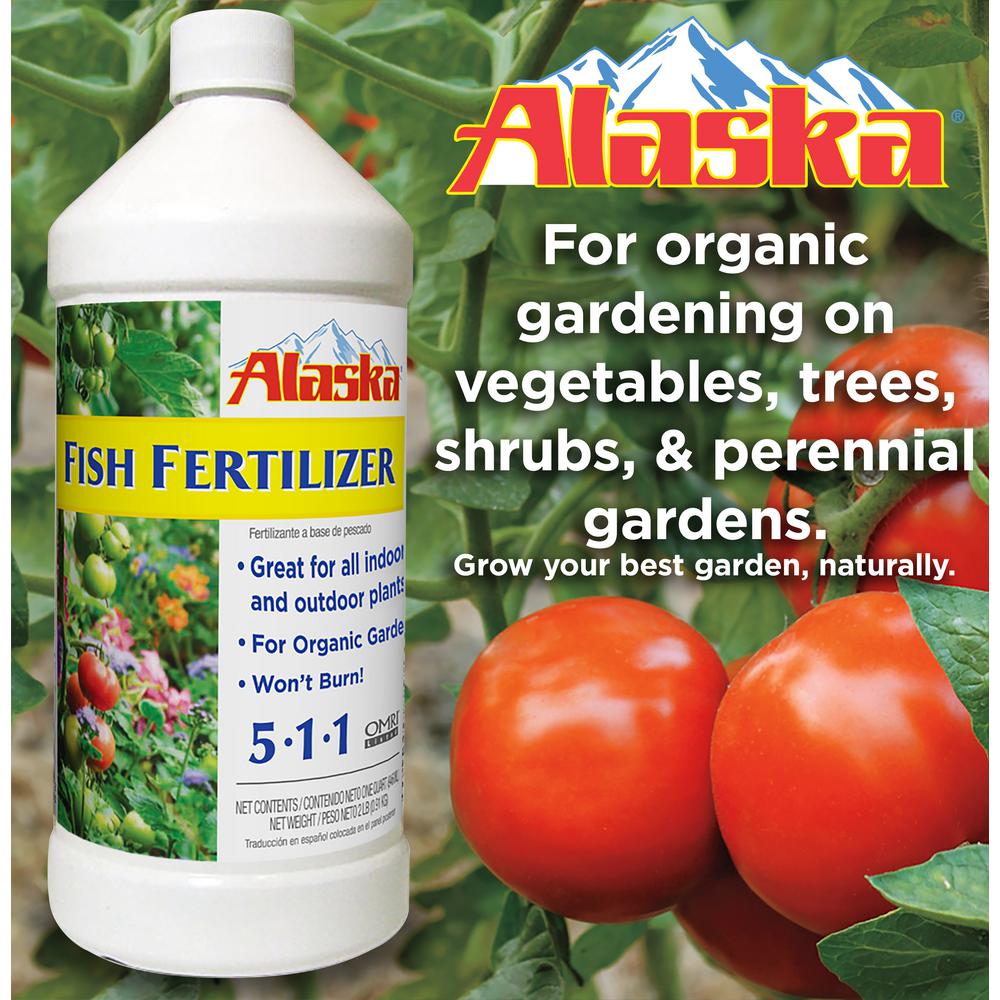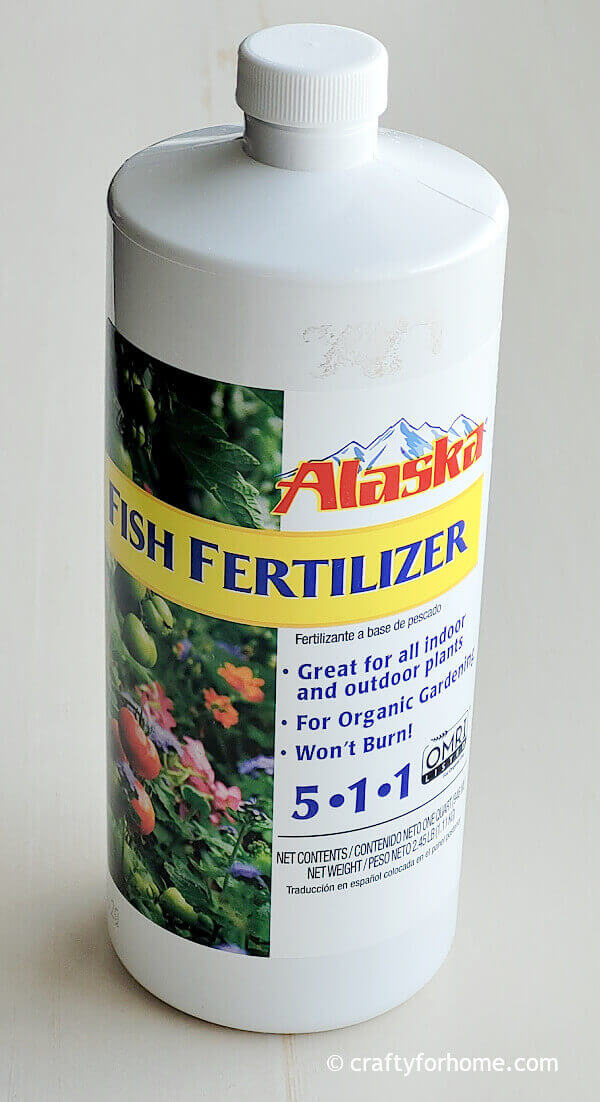

Gaines T P and Mitchell G A 1979 Boron determination in plant tissue by the azomethine-H method. HortScience 16, 338.įrankland B and Wareing P F 1960 Effect of some gibberellic acid on hypocotyl growth of lettuce seedlings. 74, 618–624.Įmino E R 1981 Effectiveness of fish soluble nutrients as fertilizers on container-grown plants. 49, 573–583.Įl-Tarabily K A, Sykes M L, Kurtböke D I, Hardy G E St J, Barbosa A M and Dekker R F H 1996 Synergistic effects of a cellulase-producing Micromonospora carbonacea and an antibiotic-producing Streptomyces violascens on the suppression of Phytophthora cinnamomi root-rot of Banksia grandis. 137, 495–507.Įl-Tarabily K A, Soliman M H, Nassar A H, Al-Hassani H A, Sivasithamparam K, McKenna F and Hardy G E St J 2000 Biological control of Sclerotinia minor using a chitinolytic bacterium and actinomycetes. 40, 754–760.Įl-Tarabily K A, Hardy G E St J, Sivasithamparam K, Hussein A M and Kurtböke I D 1997 The potential for the biological control of cavity spot disease of carrots caused by Pythium coloratum by streptomycete and non-streptomycete actinomycetes in Western Australia. 47, 404–411.Įl-Abyad M S, El-Sayed M A, El-Shanshoury A R and Farid M 1994 Optimization of culture conditions for indole-3-pyruvic acid production by Streptomyces griseoflavus. Paul, Minnesota, USA.ĭe Salamone I E G, Hynes R K and Nelson L M 2001 Cytokinin production by plant growth promoting rhizobacteria and selected mutants. The American Phytopathological Society, St. 13, 549–554.Ĭook R J and Baker K F 1983 The Nature and Practice of Biological Control of Plant Pathogens. 10, 1437–1446.Ĭonnick W, Jackson M A, Williams K S and Boyette C D 1997 Stability of microsclerotial inoculum of Colletotrichum truncatum encapsulated in wheat flour-kaolin granules. Phytopathology 92, 181–189.Ĭheng B T 1987 Sawdust as a greenhouse growing medium. 78, 641–646.īulluck L R and Ristaino J B 2002 Effect of synthetic and organic soil fertility amendments on southern blight, soil microbial communities, and yield of processing tomatoes. Comparison of four organic amendments with a chemical fertilizer applied to three vegetables in rotation. 32, 732–736.īentley J A 1962 Analysis of plant hormones. HortScience 15, 32–33.īarlow S M, Bimbo A, Jensen P B and Smith G L 1981 International collaborative study of an automated method for the determination of crude protein in fish-meals. 43, 465–470.Īung L H and Flick G J 1980 The influence of fish solubles on growth and fruiting of tomato.


Phytopathology 77, 182–189.Īl-Desuquy H S, Mansour F A and Abo-Hamed S A 1998 Effect of the culture filtrates of Streptomyces on growth and productivity of wheat plants. These results also indicate that the successful treatment can be effective and economical for horticultural production in sandy soils such as those found in the United Arab Emirates where fish emulsion is already in use as a substitute or supplement for inorganic fertilizer.Īhmad J S and Baker R 1987 Rhizosphere competence of Trichoderma harzianum. This is the first report of fish emulsion as a nutrient base for plant growth promoting rhizobacteria. The effect of fish emulsion appears to be more related to its role as a nutrient base for the bacterial and actinomycete isolates rather than to the increased activity of the general microflora of treated soil. PGR levels in planta following combined treatments of the bacterial and actinomycete isolates and fish emulsion were found to be significantly enhanced over other treatments. The bacterial and actinomycete isolates were capable of producing auxins, gibberellins and cytokinins and appeared to use fish emulsion as a source of nutrients and precursors for PGRs. The plant growth promotion by bacterial and actinomycete isolates was most pronounced in the presence of autoclaved or non-autoclaved fish emulsion than in the presence of the inorganic fertilizers. Fish emulsion was found to support plant growth in a sandy soil as effectively as an applied inorganic fertilizer. The nutrient contents and types and levels of PGRs in tissues of treated plants were assayed to determine the basis of growth promotion. These isolates were tested in the presence and absence of autoclaved or non-autoclaved fish emulsion or inorganic fertilizers. Six bacterial isolates including three actinomycetes were selected from a screening of 54 bacteria (including 23 actinomycetes) based on their ability to produce plant growth regulators (PGRs) and to colonize radish roots. sativus) growth by bacterial and actinomycete isolates. Commercial fish emulsion was evaluated as a plant growth medium and as a nutrient base to enhance radish ( Raphanus sativus L.


 0 kommentar(er)
0 kommentar(er)
